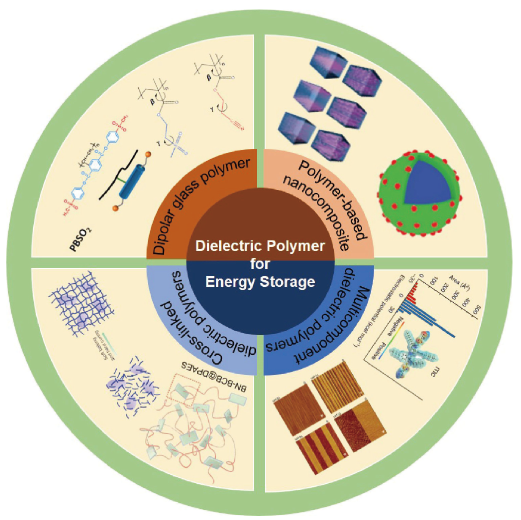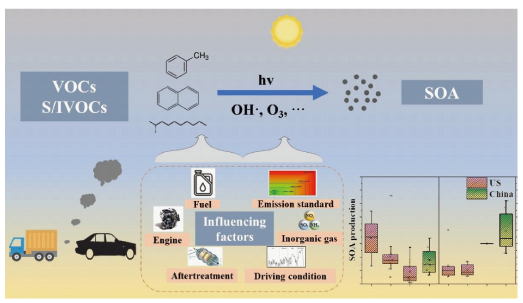Kelong Fan, Lizeng Gao, Hui Wei, Bing Jiang, Daji Wang, Ruofei Zhang, Jiuyang He, Xiangqin Meng, Zhuoran Wang, Huizhen Fan, Tao Wen, Demin Duan, Lei Chen, Wei Jiang, Yu Lu, Bing Jiang, Yonghua Wei, Wei Li, Ye Yuan, Haijiao Dong, Lu Zhang, Chaoyi Hong, Zixia Zhang, Miaomiao Cheng, Xin Geng, Tongyang Hou, Yaxin Hou, Jianru Li, Guoheng Tang, Yue Zhao, Hanqing Zhao, Shuai Zhang, Jiaying Xie, Zijun Zhou, Jinsong Ren, Xinglu Huang, Xingfa Gao, Minmin Liang, Yu Zhang, Haiyan Xu, Xiaogang Qu, Xiyun Yan. Nanozymes[J]. Progress in Chemistry, 2023, 35(1): 1-87.
Nanozymes, a new concept first proposed by Chinese scientists, is a class of nanomaterials with biocatalytic functions. Owing to their nanostructures, nanozymes can catalyze the substrates of natural enzymes and serve as enzyme substitutes. Since the first report in 2007, over 420 research groups from 55 countries have validated this phenomenon. The discovery of nanozymes demonstrates for the first time that nanomaterials may have a unique biological effect-enzyme-like catalytic activity. As a new material, nanozyme has both the physicochemical properties of nanomaterials and catalytic function similar to those of natural enzymes, with the benefits of both. Its nanostructure not only endows nanozymes with extremely effective catalytic activity but also renders them more stable and easier to mass production. The study of nanozymes is an example of interdisciplinary cooperation, being named as one of the 2022 top ten chemical emerging technologies by IUPAC.Nanozymes have become an emerging research focus due to the collaboration of experts from diverse fields worldwide such as chemistry, enzymology, materials science, biology, medicine, and theoretical calculations. Chinese scientists lead the way in this emerging field, investigating the structure-effect relationship of nanozymes, increasing their catalytic activity by 10 000 times, realizing rational design even surpassing natural enzymes, and developing the world's first nanozyme products, as well as publishing books on nanozyme science, releasing nanozyme terminology, and establishing Chinese/international standardization. Furthermore, the new field of nanozymes has attracted a substantial number of talented young multidisciplinary and interdisciplinary scientists who are driving its strong growth by discovering more than 1200 types of nanozymes and uncovering their catalytic mechanisms.It has also evolved from the initial application in detection to nanozyme catalysis medicine, sensor detection, green synthesis, new energy, environmental protection, and many other. This article provides readers with an overview of the significant advances in nanozyme research since its discovery, including newly identified natural nanozymes. Ultimately, our goal is to see nanozymes improve human health and inspire the growth of a new field of study as they go from an idea to new materials, to technology and to products.









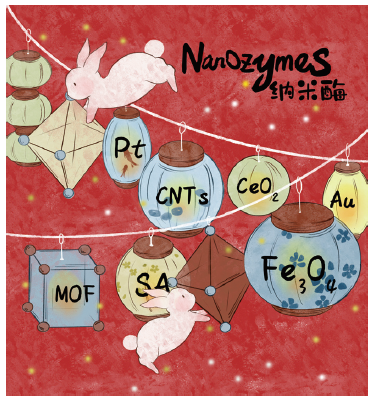
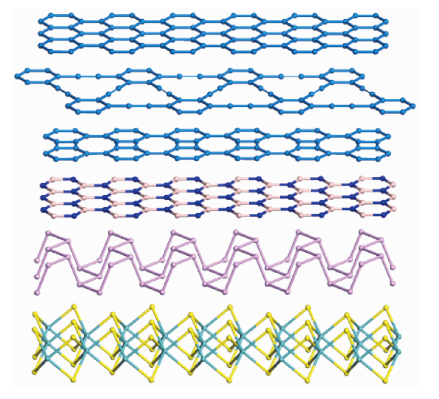

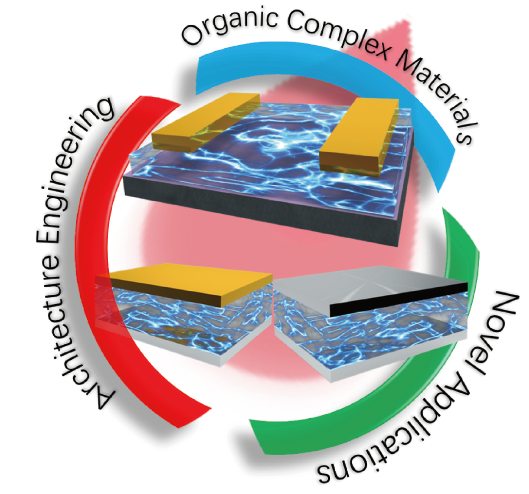
01-0135-22_pic.png)

